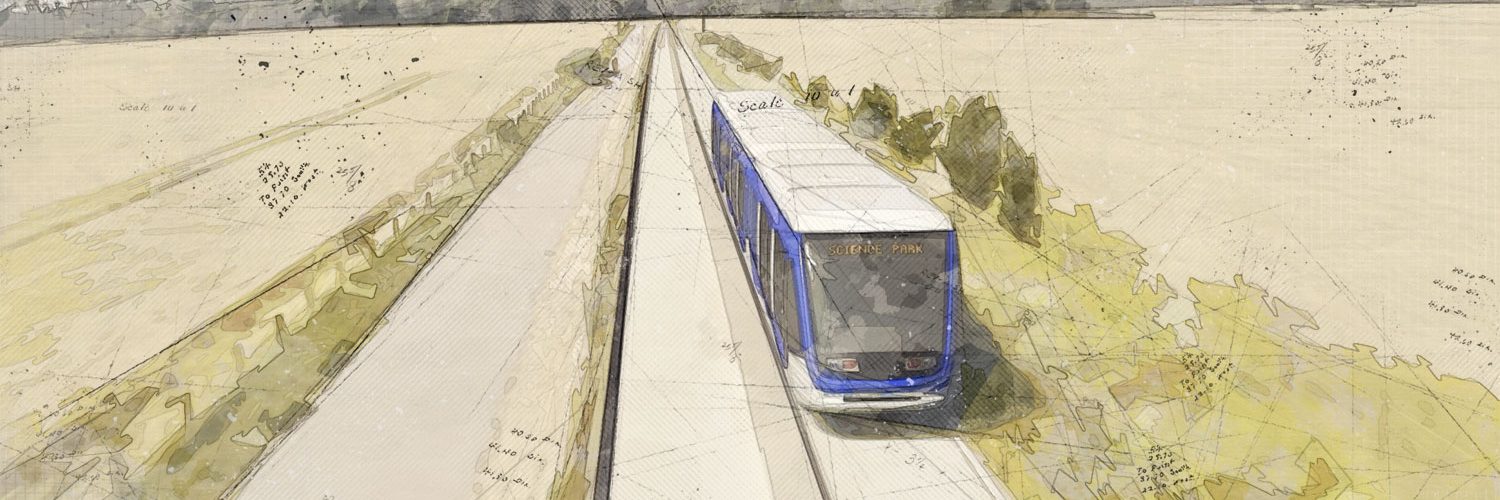I was privileged to attend the Greater Cambridge Partnership’s “Annual Conference” last week, where I could observe the city’s Great and Good in action. If I came away with any particular impression, it was how pleased with themselves all the various authorities are with how well they’re working together. It’s a peculiar tragedy around these parts that there are so many disparate organisations involved that their primary objective seems to be just to play nicely with each other.
David Cleevely, Vice Chair of the Cambridge and Peterborough Independent Economic Commission, went as far as to say that in over 40 years he’d “never seen the whole of the community coming together like this”.
I wasn’t convinced that everyone has got that memo. The Combined Authority Mayor, James Palmer (£1.5 billion to spend on a ‘metro’) certainly believes he’s overturned the plans of the Greater Cambridge Partnership (£0.5 billion) – plans which were inherited from its Cambridgeshire County Council (no money). Mr Palmer told the conference: “What was going to be a busway system will now be developed as a metro system from day one”. However, the Greater Cambridge Partnership is working on a plan for a Cambourne-to-the-edge-of-Cambridge busway that looks identical to the one proposed by the County Council several years ago, long before any ‘metro’ was mentioned. It does however now come with a note that “the interface point at the eastern end of the scheme (will) align with the work on the tunnelled section of the [metro] network”, which is just swerving the big criticisms.
Among all the self-congratulation, the question was asked if the authorities might be willing to offer a public debate about the different ways to grow, and even the consequences of not accepting any of those choices. It’s bizarre how we’ve got to the detailed design stage in some city projects while still discussing whether or not we should even have the wider conversation about growth. So far, answers are always promised “in the next report” (Mass Transit Options report, CPIER, Bus Services Review), but when these arrive, they resolve little and pose more questions.
The Great and Good all agreed that public involvement is essential. I’d forgive any cynicism from residents of Milton Road, Coton, Highfields Caldecote and Harston – to name just a few areas that have so far been ‘consulted’ and then ignored.
This article was first published in the Cambridge Independent on 19 December 2018.



Agree Chris. However you mention Coton and Caldecote being consulted and ignored but I live in Hardwick located exactly between them and much bigger than both.
Not clear what is worse. Being consulted and ignored or not being involved in the consultation at all. You choose.
I agree about everything taking so long. I lived in Singapore for 6 years where they tendered for an MRT and opened the first stations in 5 years. I lived in the Netherlands for 4 years during which they built a new rail link bypassing Amsterdam and because it was a shorter journey they lowered the fare!
These are places that seem to have a different approach than Talk Only